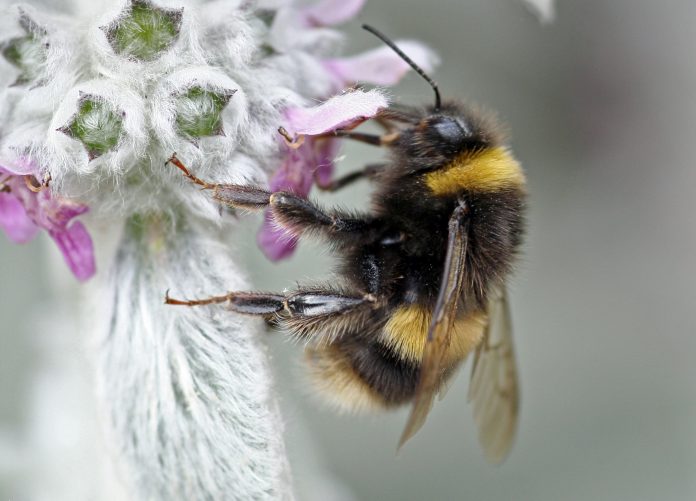Nigel Whittle FRSB – Head of Medical & Healthcare at Plextek, describes the importance of helping nature fight back against mass extinction in this special evolutionary biology focus
My favourite exposition of evolution, and one that gave the title to Dawkins’s book ‘The Blind Watchmaker’, is the notion that everything can be divided into simple or complex stuff. Simple stuff may include rocks, seas and clouds, while complex stuff may include engines, watches and donkeys. It is clear that simple stuff can arise by chance, and equally clear that complex stuff requires an explanation for its appearance. The obvious response, that complex things are all made, was mankind’s assumption for millennia until Darwin’s theory of evolution showed how small random changes, coupled with natural selection, could generate the entirety of the biological world. Later, Watson & Crick’s elucidation of DNA structure provided a molecular mechanism for how this could occur in practice.
Understanding the origins of species
Since those two monumental discoveries, the world of biology has been transformed. Organisms are continually passing genetic information from one generation to the next, with the information recorded in the DNA of their descendants. Using the tools of molecular biology to access this record allows us to better understand the origins of species and their positioning within ecological niches, and are leading to changes in the way that evolutionary studies can be conducted in a complete range of ecosystems.
For example, insects, with an estimated 5.5 million species, are the most diverse group of animals on the planet, found in almost every environment on Earth and accounting for 80% of the animal biosphere. They are known to be crucial components of most ecosystems, where they perform many essential functions, ranging from soil aeration, pest control, to the pollination of blossoms. Already, molecular analyses are providing information about key genetic changes, such as the evolution of social insects from eusocial insects.
It is becoming clear that the number and diversity of insects are in global decline due to factors, such as habitat loss, pollution and climate change. Very significant local declines of insect populations, such as wild bees and butterflies have often been reported, even in the absence of large-scale changes in land usage. A recent study suggested that terrestrial insects appear to be declining in abundance at a rate of about 9% per decade, although freshwater insects may be increasing slightly in abundance.(1)
Another paper states that trends in insect population ‘confirm that the sixth major extinction event is profoundly impacting life forms on our planet. Unless we change our ways of producing food, insects as a whole will go down the path of extinction in a few decades. It is clear that without widespread action, many of the species of earth’s entomofauna face extinction within the next few decades.’(2) The repercussions that this will have for the planet’s ecosystems are likely to be catastrophic, due to the hugely significant role that insects play.
The need to study complex ecosystems
Solving the crisis will not be straightforward. We will need to study complex ecosystems before working out what measures we can take to ameliorate the situation. Insects exist in close relationship with plants and other organisms and have done so for many millennia. The interaction between pollinator and plant places significant evolutionary pressure on each organism, leading to changes in morphology, physiology or behaviour that can benefit both classes. This is a process known as co-evolution, and is one of the most active areas of research, developing new models and techniques.
Where might these studies take us? An interesting possibility has emerged from the success of the UK’s COVID screening programme. During the pandemic, the Sanger Institute developed the capability to analyse the DNA sequence of 60,000 samples a week. As that requirement recedes, research teams are looking for fields where this mass DNA sequencing capability can be used. One very obvious place is in the analysis of complex ecosystems, where interactions between different organisms can be studied in detail. An early proposal is the analysis of the DNA sequences of mosquitos, malarial parasites, and the human host.
As Director Julia Wilson says, ‘to do this at scale would be really, really extraordinary.’(3)
It may be that extraordinary projects like this will help us understand the interactions between insects and plants within complex ecosystems, and allow us to start the fight back against the threatening insect extinction.
References
- Van Klink, Roel (24 April 2020), « Meta-analysis reveals declines in terrestrial but increases in freshwater insect abundances », Science, 368 (6489): 417–420.
- https://www.sciencedirect.com/science/article/abs/pii/S0006320718313636#!
- https://www.thetimes.co.uk/article/britain-built-the-best-covid-surveillance-system-in-the-world-what-could-it-be-used-for-next-x0z mlwrf0











